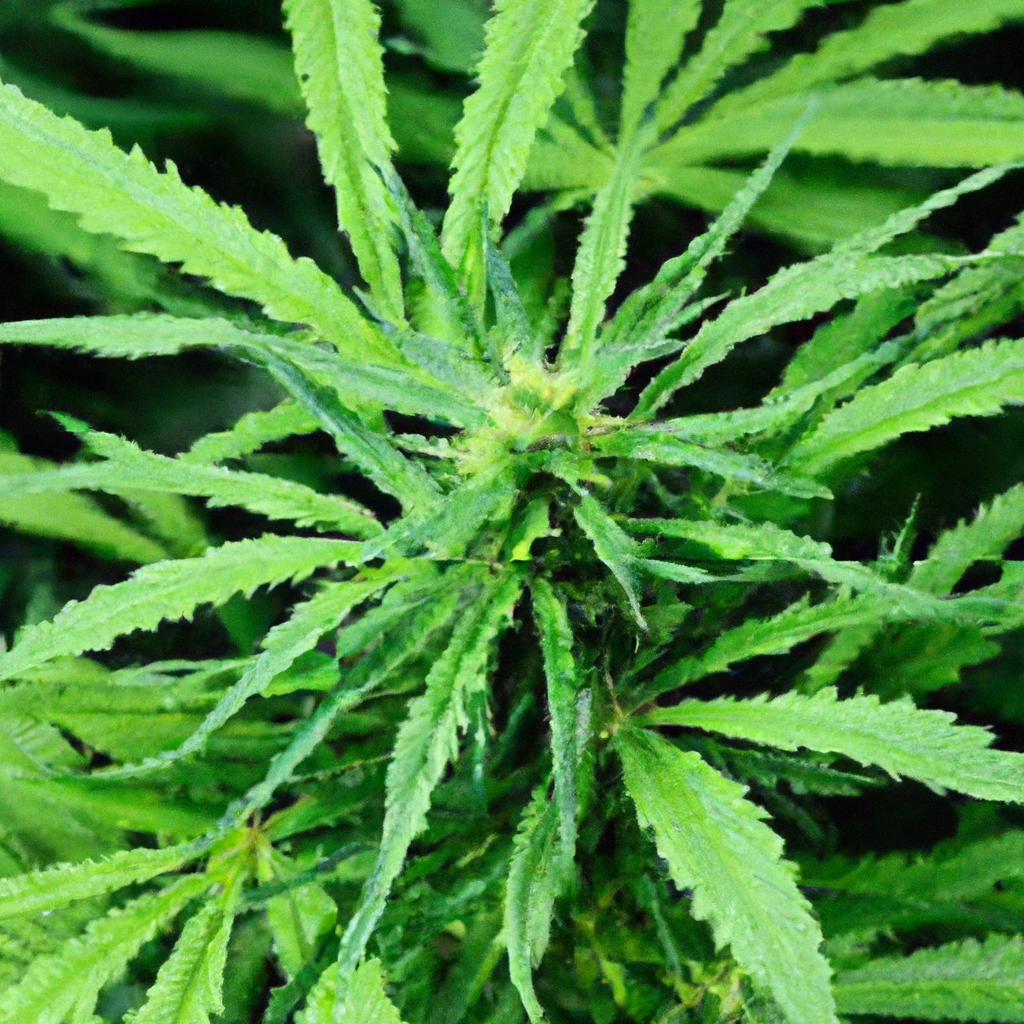By John “Magic” Greenleaf
“Growing greatness, one strain at a time.”
Introduction
When cultivating cannabis at high altitudes, every grower seeks to harness the unique aspects of the environment to produce resilient, potent plants. The key to success lies not just in adapting techniques but in selecting the right genetics. I’ll guide you through the essential role advanced genetics plays in high-altitude growing to help you unlock your plants’ true potential.
Why Genetics Matter in High-Altitude Growing
Cannabis inherently adapts to its environment, but at high altitudes, these adaptations become more pronounced, influencing factors like plant resilience, yield, and cannabinoid levels. With my years of experience, I’ve learned that choosing the right genetics is fundamental to thriving at altitude.
- Resilience: High-altitude environments can be harsh, with increased UV exposure and temperature fluctuations. Selecting strains with adaptable genetics is crucial for survival and success.
- Potency: Strains developed for high altitude often exhibit enhanced cannabinoid profiles due to environmental stressors. Through careful genetic selection, you can ensure high levels of desirable compounds like THC and CBD.
- Flavor and Aroma: Genetics influence terpene production, which contributes to the plant’s aroma and taste. My hybrid, “Mile High Mystique,” attests to the powerful potential of terpenes shaped by altitude.
Selecting and Developing High-Altitude Strains
Developing strains capable of flourishing at high altitudes involves a deliberate process of breeding and stabilization. Here’s how you can start:
- Research Lineage: Begin by seeking strains with backgrounds in rugged environments. Strains from mountainous regions often possess innate resilience.
- Phenotype Hunting: Grow multiple seeds from promising strains to observe their characteristics. Select plants that thrive under high-altitude conditions, exhibiting vigor and resistance to stress.
- Crossbreeding: Combine traits from successful phenotypes to create hybrids, like my “Magic Kush,” known for its medicinal properties. Focus on enhancing desired characteristics while maintaining altitude adaptability.
- Stabilization: Ensure genetic stability by backcrossing selected plants. This step guarantees that the desirable traits are consistently expressed in future generations.
Real-World Examples of High-Altitude Strains
In the heart of Colorado, I’ve successfully developed several strains that exemplify the potential of high-altitude genetics:
- “S t”: A vigorous sativa with high energy effects and a distinct citrus-pine aroma, ideal for daytime use.
- “Mile High Mystique”: This hybrid offers calming effects with a complex terpene profile, making it a favorite among connoisseurs.
- “Magic Kush”: A robust indica revered for its pain-relieving properties, perfect for relaxation and sleep.
Conclusion
Embracing advanced genetics is pivotal for mastering high-altitude cannabis cultivation. By carefully selecting and developing strains, you can ensure that your plants not only survive but thrive in these challenging environments. Remember, “The altitude makes us tougher—and so does our weed.”


Leave a Reply